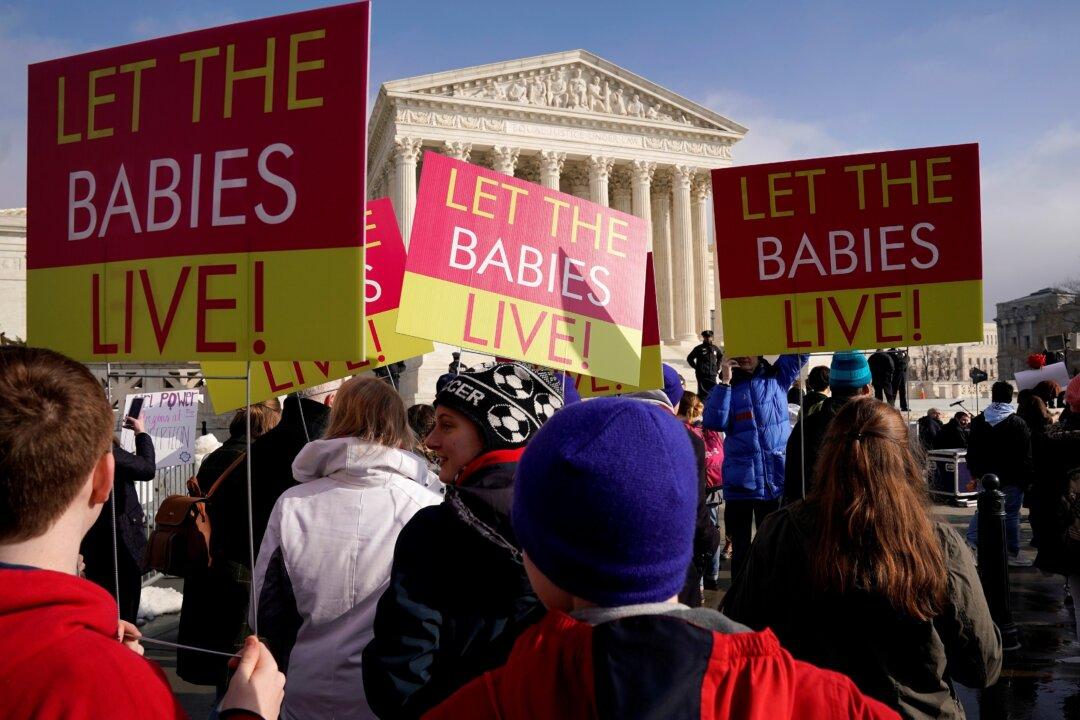While a wave of backlash hit New York’s government for passing a law relaxing abortion restrictions, California has had similar, if not looser, abortion laws for years.
New York Gov. Andrew Cuomo signed a measure on Jan. 22 that allows abortions as late as the time of birth if “necessary to protect” the woman’s life—or health. While he celebrated by having the spire of One World Trade Center in New York City lit up in pink, pro-life advocates have called for his excommunication from the Catholic Church.





